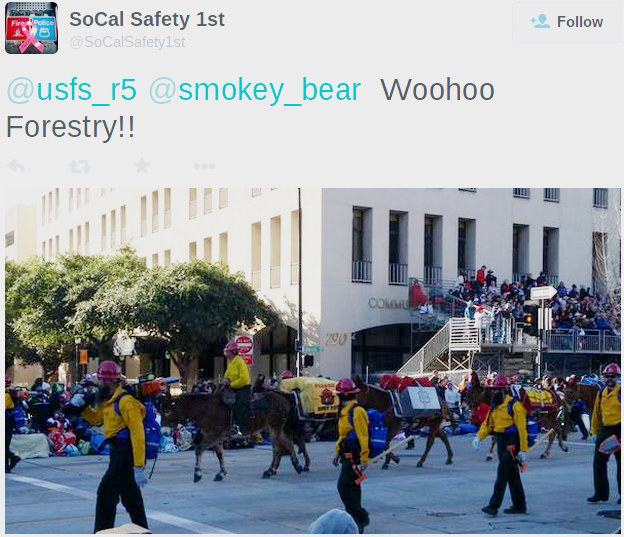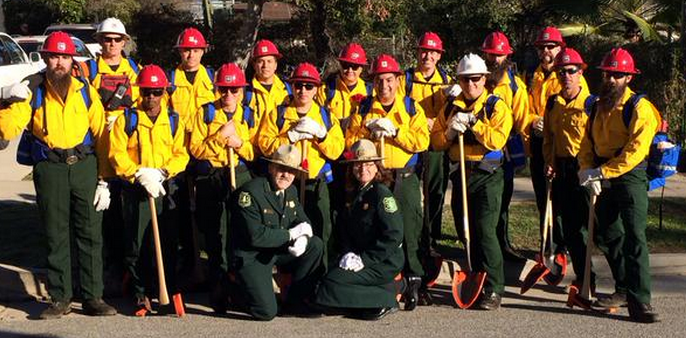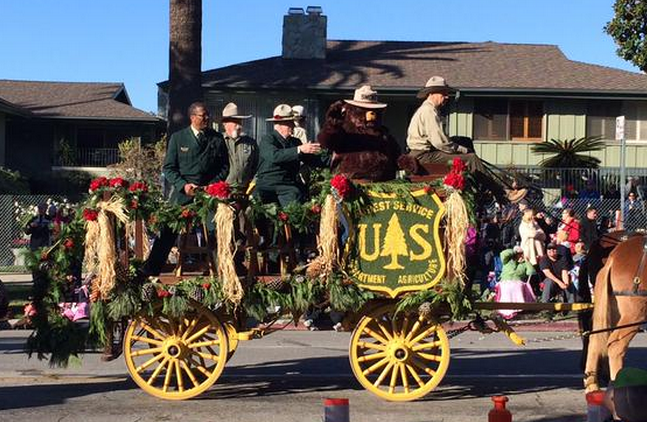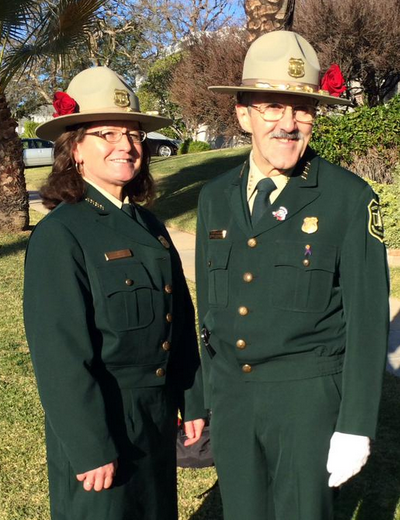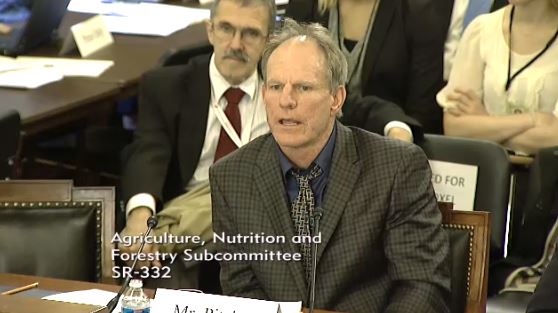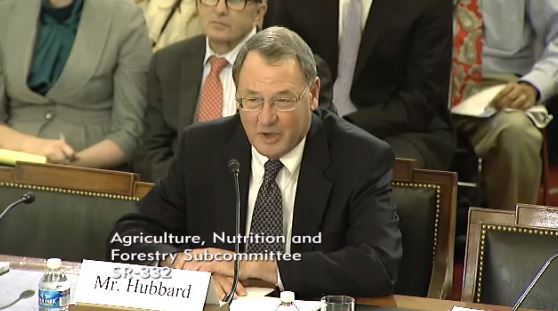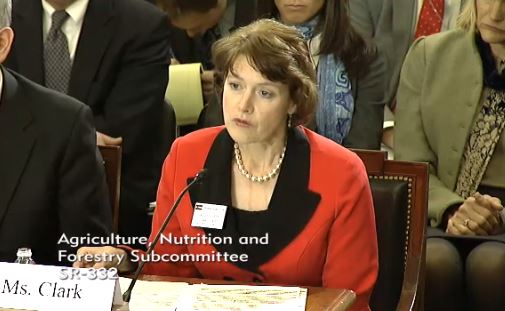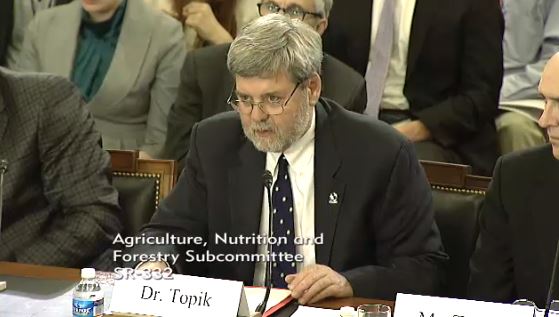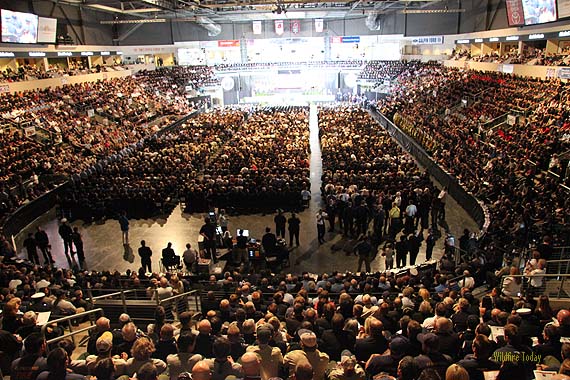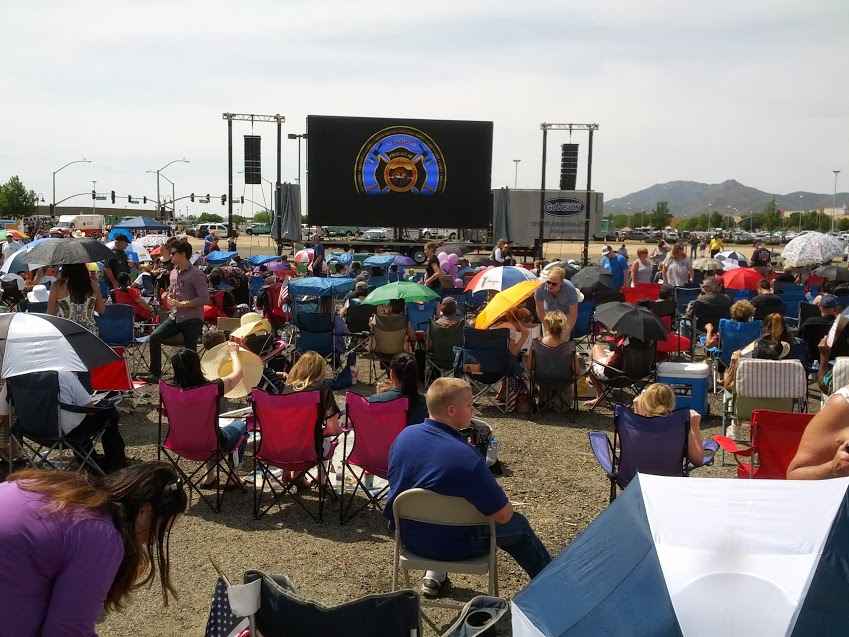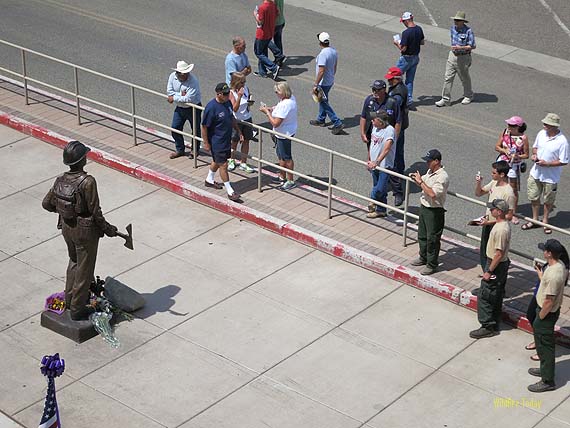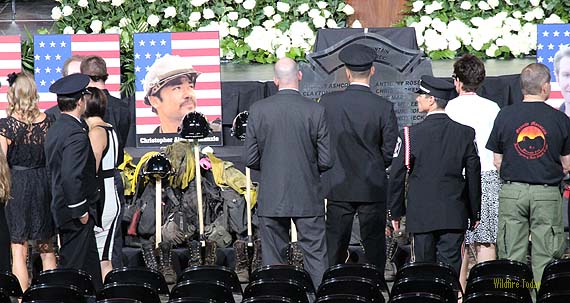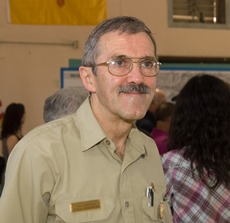The author of On the Burning Edge, a book about the Granite Mountain Hotshot crew that was virtually wiped out fighting the Yarnell Hill fire in 2013, has written a long form article about the August wildfires in the west. A good portion of the piece by Kyle Dickman profiles Tom Harbour, the U.S. Forest Service’s National Director of Fire and Aviation Management. I don’t recall seeing such a personal look at the man who wields power at the top of the USFS firefighting food chain — with the possible exception of when he answered our 12 Questions.
Below is an excerpt from the article:
…To contend with California’s regular fires, the Forest Service set up two command centers, with one, in Redding, called North Ops. Redding sits in a bowl in the Sacramento Valley, and as Harbour arrives, the wind is filling that bowl with eye-stinging smoke. On the grounds, a long-haired smokejumper in flip-flops pedals a cruiser bike around the base while air tankers loaded with fire retardant take off from the runway. The mood isn’t festive, but one feels the excitement and gravity of a shared sense of purpose. The command staff hustle about to send firefighters and gear to the front lines. Several stop to shake Harbour’s hand. He joins a briefing headed by Paige Boyer, the assistant director for fire and aviation management for Northern California.
“We really want to get that fire off the map,” Boyer says to a half-dozen of her colleagues gathered before a map. “We want it out of the public eye.” Boyer taps the northeast corner of the map, where red colors the fire where a firefighter died.
Three days earlier, Harbour had flown to Alturas, Calif., to pay his respects to the family of that engine captain, 38-year-old Dave Ruhl. He’d disappeared while scouting a fire near the city limits. His crew didn’t find his body right away, and while CNN and the Associated Press zeroed in on the details of the first fire death of the 2015 season, Harbour arranged to meet his folks, as he’s tried to do for each of the 163 firefighters—both Forest Service and non—lost on duty in the past 10 years…

